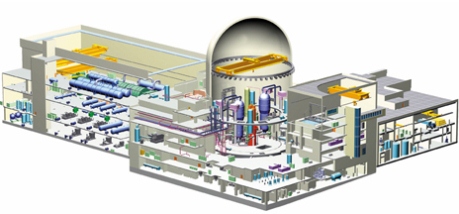Breathing Buildings Supporting Engineers of Tomorrow
Breathing Buildings Supporting Engineers of Tomorrow
Breathing Buildings are pleased to be sponsoring the engineers’ presentation evening at Girton College on 26th January. The presentations are held in the beautiful surroundings of the Stanley Library and are intended to provide a glimpse into the wide array of stimulating projects which undergraduate students at the University of Cambridge can undertake in their final year.
Breathing Buildings wishes to help inspire students to become the engineers of tomorrow, tackling some of the most important problems facing our world. The presentations cover a broad range of topics, and show how students develop their skills and creative thinking in order to help progress knowledge in particular areas.
Sebastian Cheli is talking about Aerodynamics of Car Roof Boxes. Current market models of car roof boxes can increase fuel consumption by up to 20% and have the potential of creating large destabilising forces in crosswinds. The disruption to the air flow over the vehicle is evident by comparing the images below. The aim of this project is to understand the flow features associated with a car roof box when it is yawed to the oncoming flow, and to design and commission any enabling infrastructure. The project will investigate the impact of roof box positioning as well as the addition of rear spoilers, side skirts, and roof bars. A force balance and testing rig have been designed that: mimic the flow over a car roof, enable the roof box and testing rig to be yawed between 0 and 20 degrees to the wind tunnel centre line, measure drag, side forces, and yawing moments to an accuracy of 1N, enable variation in roof box positioning relative to the model car roof. Testing is commencing in January following calibration of the testing rig and force balance.

Ewan West is working in the energy group and examining the Design of Nuclear Pressurized Water Reactors. The APR-1400 is a generation III pressurized water reactor (PWR), developed by Korean Electric Power Corporation (KEPCO) and Korea Hydro & Nuclear Power (KHNP). As KEPCO have been announced as the preferred bidder for a nuclear power station in Moorgate, Cumbria, there is a desire to develop a UK model of this reactor, which would be different to current PWR models due to the heterogeneous nature of the APR-1400 fuel.

The third presentation of the evening is being given by Diana Malgapo. Diana’s project is Novel Detection Methods for Identification of Slip Surfaces in a Sloping Ground. Slope failure occurs along a slip surface and in the 57th Rankine Lecture it was proposed that as a slope fails, friction along the slip surface induces heat dissipation causing water between soil particles to expand and therefore the overall pressure from the water, known as pore pressure, increases. According to Terzaghi’s principle, an increase in pore pressure is a decrease in effective stress meaning a decrease in the strength of the soil. For this to occur a significant amount of heat dissipation is required which is not expected. By making models in soil and inducing slip surfaces and observing the processes via digital and thermal imaging, this project attempts to test the amount of heat dissipation induced along a slip surface. So far, through the observation of hot water flow through soil models with a thermal camera, the project has determined the suitability of the thermal camera and 6mm Perspex to observe, record and therefore test the project aims.
Although the range of topics is broad, this year they all resonate with the engineering experience of various team members at Breathing Buildings. The topic of air flow round an object is of course highly relevant to all of us. Although the air speeds may be higher in the case of a vehicle, the overall challenge of modelling and designing for turbulent, sub-sonic air flows is core to the engineering in the Breathing Buildings team. The topic of power generation is also highly relevant – Breathing Buildings care greatly about energy, although of course Breathing Buildings is trying to reduce problem by providing more energy efficient technologies so that scale of the generation challenge is minimised. Finally, and this may be surprising to some, the study of water in porous media is also something we care about. The topic of ground source heat pumps and geothermal reservoirs is a research topic with which some of the team at Breathing Buildings are rather familiar.
We are looking forward to a stimulating evening!
